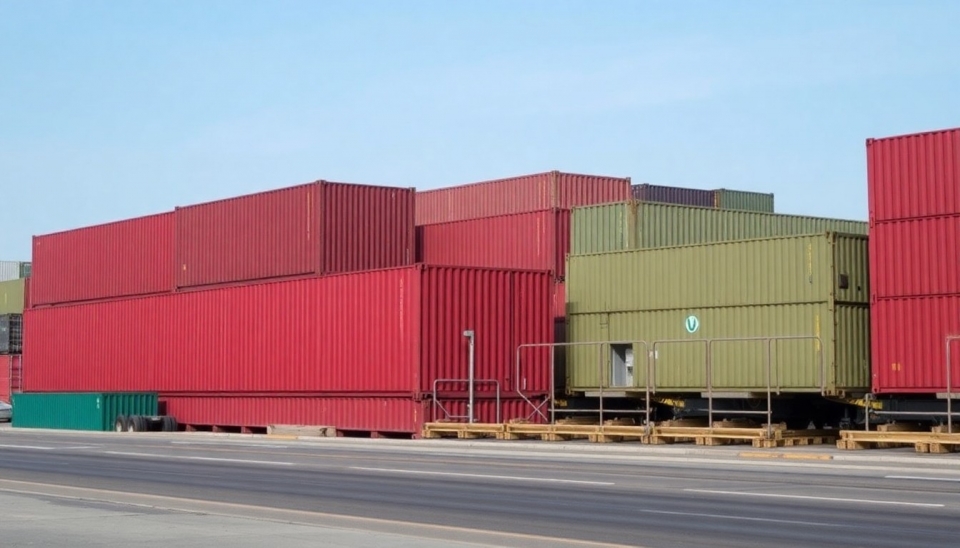Producer Inflation in Japan Slows: Key Facts and Consequences

Amid global economic changes, Japan has reported a slowdown in producer inflation, marking a significant event for analyzing the state of the Japanese economy. According to recently published data, the Producer Price Index (PPI) in August of this year rose by only 2.4% compared to the same month last year. This represents a notable decrease in the rate of price growth, the first occurrence in eight months, as Japan grapples with the aftermath of global inflation exacerbated by the pandemic and military conflicts.
Economists note that the slowdown in producer inflation may positively impact consumer prices, a crucial indicator for the Bank of Japan. However, this figure still exceeds the target level set by the country’s central bank. This also hints at potential changes in monetary policy, considering that the Bank of Japan has previously maintained low interest rate policies in an effort to stimulate economic growth.
According to the data, costs for raw materials, including oil and metals, have also begun to decline. This could signal that the economic challenges faced by suppliers are gradually lessening. Nevertheless, despite the improving situation, some analysts warn of potential risks related to possible shocks in global markets that could alter the pricing dynamics in the future.
At the same time, consumer activity in the country remains relatively high, indicating that despite the slowdown in the producer sector, Japanese citizens continue to spend money. All of this suggests that the second half of the year might be more stable for the country's economy compared to the first half.
In conclusion, it is important to note that changes in producer inflation will be closely monitored by both domestic and international analysts, as this could significantly influence economic strategies in the coming months, as well as the interactions between government institutions and the private sector.




